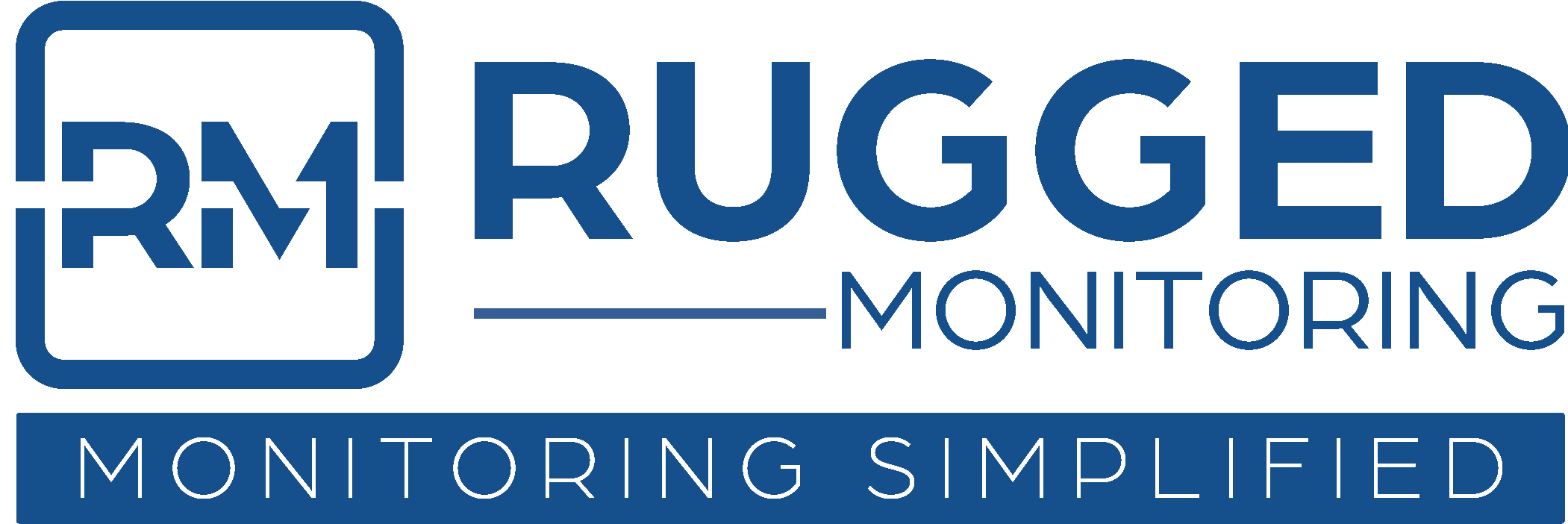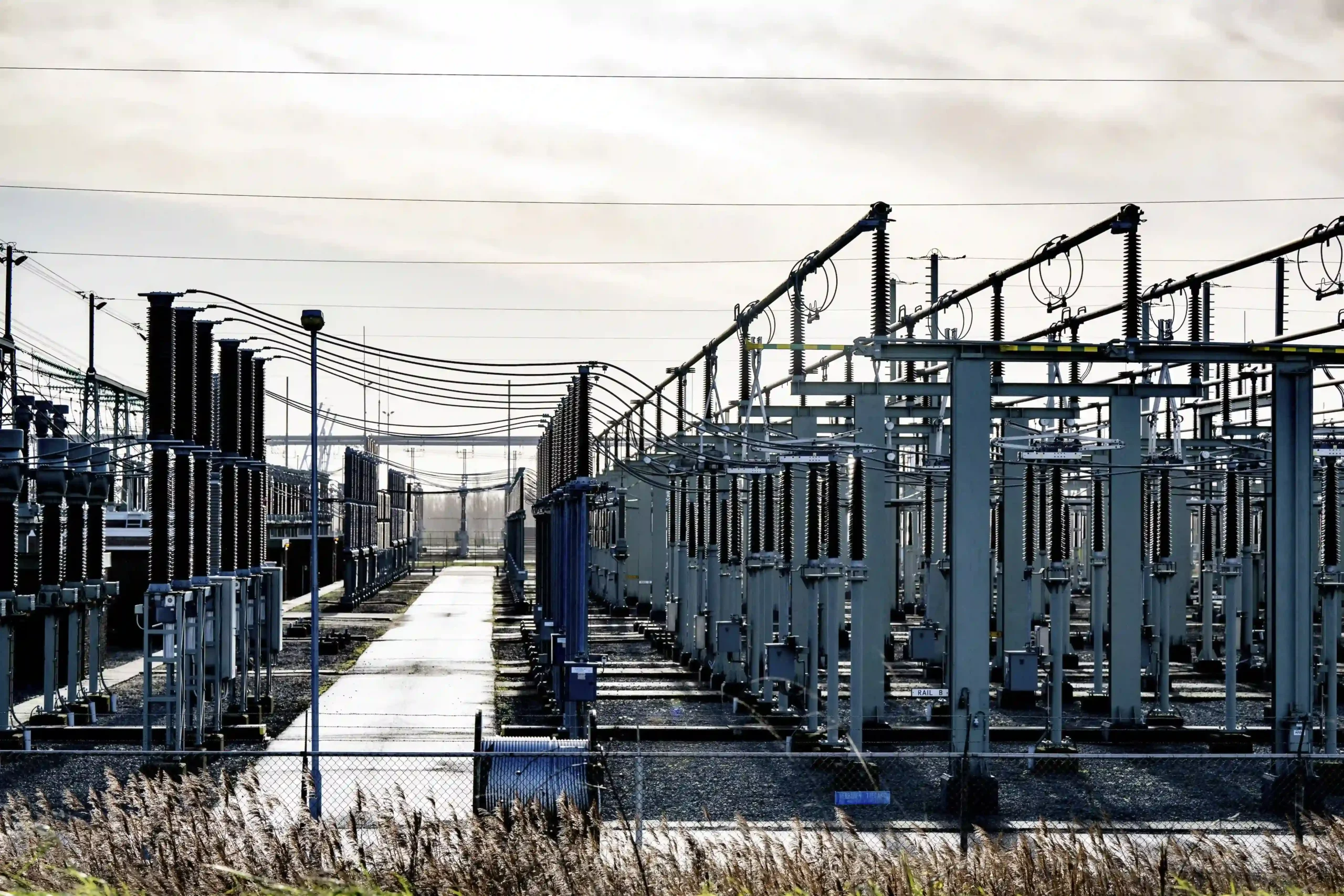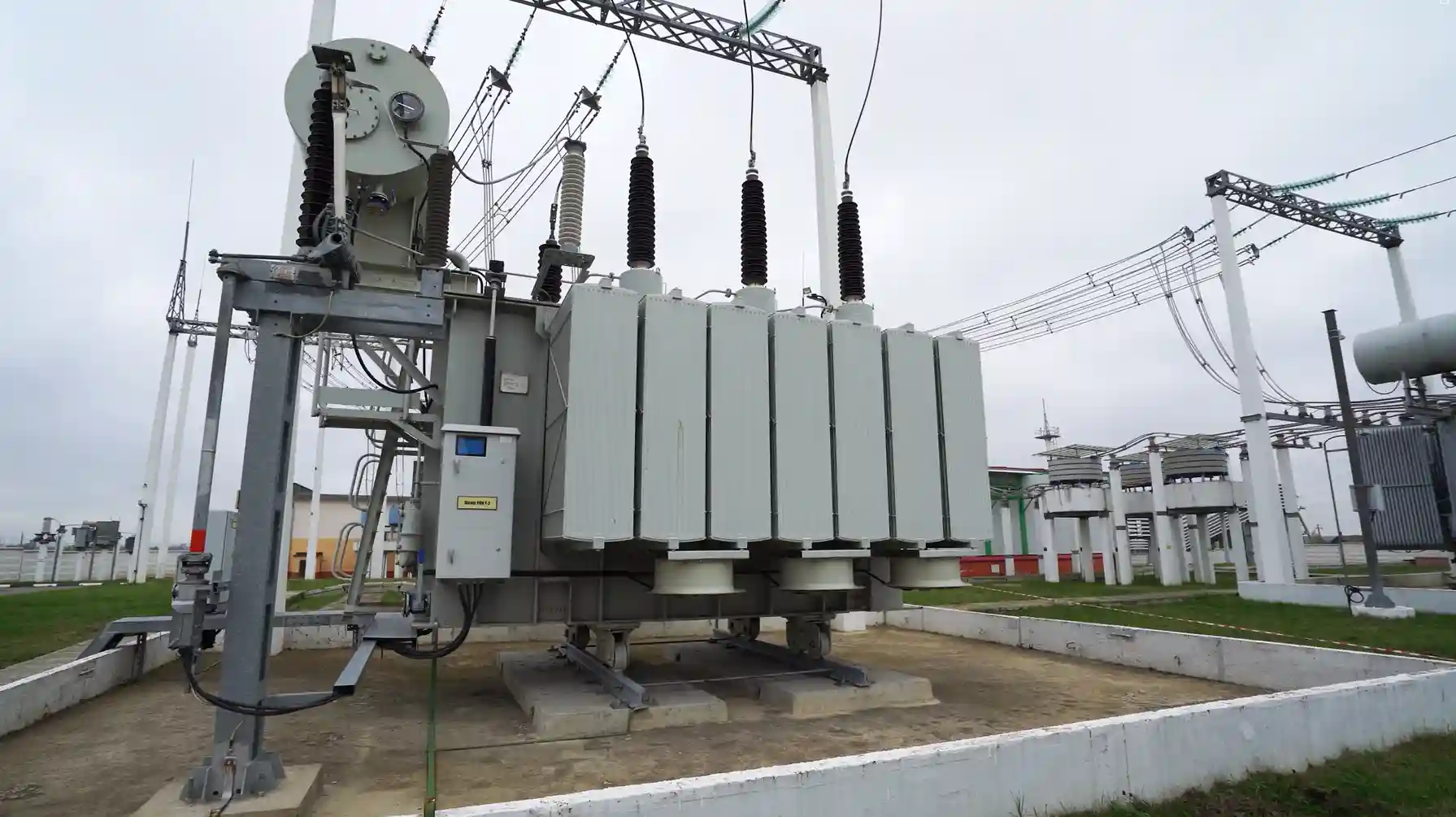In this first part of the A Guide to Partial Discharge Monitoring series, we explored what partial discharge is and why monitoring it is necessary.
In summary, partial discharge is often the initial indicator of insulation failure in electrical equipment. By recognizing the various types of partial discharges and where they occur in critical assets, asset managers and engineers can pinpoint the most appropriate diagnostic techniques and solutions.
Building on our previous discussions, this blog will further explore the topics:
- The various techniques of detecting partial discharge
- The difference between online and offline partial discharge testing, and
- The role of APM in advancing PD techniques
What are the different partial discharge monitoring techniques?
Different techniques for monitoring partial discharge generate distinct observable signals. By utilizing various asset characteristics, including electrical, electromagnetic, acoustic, and chemical signatures, we can determine the most effective monitoring method for a specific component.
Here are some common industry practices for partial discharge monitoring:
IEC 60270 (Pulse Current Method)
This method is used to measure the current pulse that occurs during partial discharge and convert it to apparent charge (pC). The IEC 60270 industry standard further defines the measurement methods and calibration procedures to ensure consistent results across instruments. The pulse current method requires a well-controlled environment. Thus, it works well for partial discharge offline testing and a few online setups.
Typical Frequency Range: Low frequencies
Advantages:
- Standardized partial discharge monitoring method
- Good for lab/offline diagnostics
- Can be comparable across equipment
Disadvantages:
- Demands asset downtime
- Influenced by test setup
- Environmental noise
- Only sees what current sensors are coupled to
High Frequency Current Transformer (HFCT)
This method uses a clamp-on current transformer either around ground or the shield return path to capture high-frequency components of PD pulses. HFCT partial discharge monitoring is best suited for cables and connections as a non-intrusive, easy-to-use testing method. Additionally, it is versatile for both periodic and continuous online monitoring.
Typical Frequency Range: High Frequencies- Often from a few hundred kHz up to tens of MHz
Advantages:
- Easy to install
- Good for pulses travelling through the ground return
Disadvantages:
- Signal attenuation over distance
- Needs access to return paths; may miss discharges that don’t have a strong return path
- Ambient electromagnetic interference
Transient Earth Voltage (TEV)
This method is used to detect transient voltages caused by internal PD on the metal enclosures of high voltage equipment. Thus, TEV partial discharge monitoring works best for critical assets like metal-clad switchgear, where the PD electromagnetic pulses couple to the enclosures, which act as an antenna. It can also be used in conjunction with other PD monitoring techniques for a comprehensive insulation health assessment.
Typical Frequency Range: High Frequencies in the MHz range
Advantages:
- Can be a non-intrusive method
- Robust in high voltage environments
- Portable and widely used
Disadvantages:
- Sensitive to external interferences
- Enclosures may have varying coupling
- Needs calibration and experience
Ultra-High Frequency (UHF) Partial Discharge Monitoring
This method detects electromagnetic emissions in the 300 MHz to a few GHz range using IIoT sensors that act as antennas or couplers. The PD in this spectrum generates a significant amount of energy, which can help precisely localize its sources. UHF partial discharge monitoring is also best suited for high-voltage equipment such as transformers or switchgear, as it is capable of both internal and surface PD detection.
Typical Frequency Range: 300 MHz to a few GHz
Advantages:
- High immunity to low frequency range & noise
- Non-intrusive method
- Highly sensitive PD monitoring
Disadvantages:
- It can be expensive as sensors get more precise
- Sometimes a line of sight is required, or coupling doesn’t exist.
Acoustic & Ultrasonic Partial Discharge Monitoring
This method captures high-frequency sound waves produced by partial discharges across the surface, corona, or internal PD close to surfaces. Partial discharge monitoring using contact sensors made up of piezo elements, airborne ultrasonic microphones, or other acoustic IIoT sensors offers greater precision and safety compared to other methods.
Typical Frequency Range: Ultrasonic (~20~300 kHz or higher) & Contact broadband acoustic
Advantages:
- Allows PD testing and monitoring option for live equipment
- Seamlessly complements other electromagnetic methods
- Lower initial costs
Disadvantages:
- Ensures sound attenuation
- Noise elimination
- Sensitivity depends on the medium
Dissolved Gas Analysis (DGA) for oil-filled equipment
Partial discharge also causes molecular decomposition in oil, increasing the level of dissolved gases such as hydrogen, methane, and acetylene. DGA analyzes these concentration rates, which can also be used as an alternative partial discharge monitoring method for oil-filled equipment. By detecting PD and insulation faults through chemical evidence, DGA complements other electrical and UHF detection.
Advantages:
- Insights into long-term insulation degradation
- Provides comprehensive diagnosis
- Non-invasive method
Disadvantages:
- Can be inaccurate at times
- Needs additional steps like oil sampling and analysis
- Delayed detection compared to direct PD monitoring methods
Asset experts and engineers customize their partial discharge monitoring methods based on a variety of factors, such as the types of assets being assessed and the operating environments. In addition to choosing the right monitoring technique, they need to determine whether to conduct online or offline partial discharge testing. This choice largely depends on the asset’s criticality, the level of risk they are willing to accept, the associated costs, and any operational limitations.
Offline vs Online Partial Discharge Monitoring
Criterion |
Offline PD Testing |
Online PD Monitoring / Periodic Online Tests |
When used |
This is performed during commissioning, factory acceptance, post-repair, scheduled outages, and special diagnostics. | Monitoring can be done continuously using permanently placed IIoT sensors or periodically using portable equipment during normal operation. It is especially useful for critical/aging assets. |
Advantages |
– For controlled environments
– Has better signal-to-noise ratio – Ability to apply higher stress voltages – May get a more detailed breakdown of defects – It is an easy access approach. |
– Minimal asset downtime
– Suitable for more realistic conditions (voltage, load, temperature) – Trend monitoring gives early warning – Provides location and severity of PD under real stress – Often cost-effective over the long term. |
Limitations |
– Requires taking the asset offline
– Compromises safety during testing – May not reflect behavior under full load or real environmental conditions – Only offers snapshots. |
– More noise
– May have limited access – Higher sensor installation costs – Signals may be weaker or attenuated – Interpretation is more complex – May require more advanced signal processing. |
Example Use cases |
– When you suspect a fault in a transformer after maintenance
– Testing cable joints before energizing – Factory test of bushings. |
– For monitoring asset ageing over decades
– Detecting PD in remote or critical feeders – Ensuring continuous reliability in HV networks – Preventive maintenance. |
Often, the best approach uses both: Offline for detailed diagnostics and verification, and Online for early warning and trend tracking.
The Role of APM in Partial Discharge Monitoring
Power grids that are continuously adapting to digitization are investing in intelligent systems like asset performance management (APM).
APM uses digital signal processing, pattern recognition, and data-driven analytics to eliminate noise, classify PD, and predict failure windows for proactive partial discharge monitoring. By offering features such as automated dashboards and customizable alarms, it empowers asset experts and engineers to maintain KPIs and trend lines and to recommend actions. With AI/ML algorithms, APM reduces the occurrence of false positives and aids non-experts in interpreting signals in real-time.
The ROI of APM in Partial Discharge Monitoring
- Reduced dependency on manual analysis
- Predictive maintenance with data-driven actions
- Extended asset life through early fault detection
- Improved reliability metrics for regulatory compliance and meeting sustainability KPIs
- Access to historical data for in-depth analysis of asset criticality, performance, and health
- An integrated platform for multi-parameter, multi-asset monitoring
Rugged Monitoring’s Partial Discharge Monitoring Solutions
Rugged Monitoring offers tailored solutions for Partial Discharge (PD) monitoring of high-voltage systems with options for periodic and continuous online testing. Our solutions include IIoT Sensors, edge devices, APM, and RM EYE, offering real-time insights into PD activity.
RM’s IIoT sensors are non-invasive, enabling real-time continuous monitoring without disrupting asset operations. The smart edge devices allow local data processing alongside remote monitoring capabilities, ensuring a thorough analysis of dielectric changes. They are also equipped with high-denoising capabilities with ultra-wide bandwidths, which facilitate automatic identification of critical PD issues.
Rugged Monitoring’s Partial Discharge Monitoring system empowers asset managers and engineers with enhanced transformer reliability and operational efficiency.
For a customized partial discharge monitoring ecosystem, contact our sales team today!




